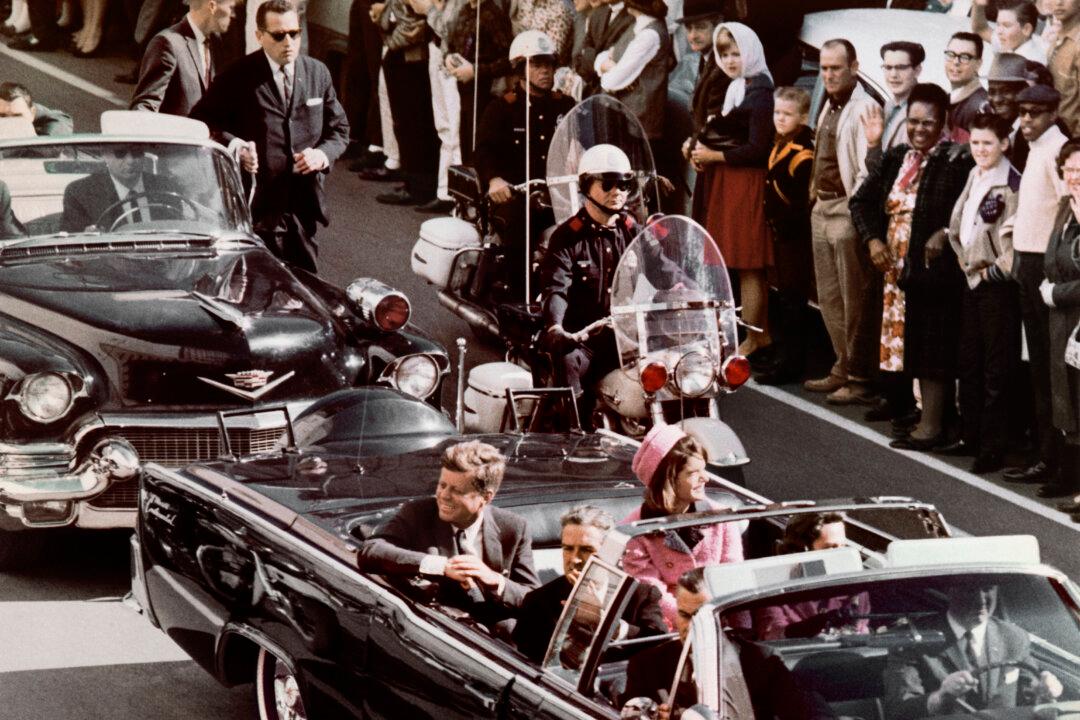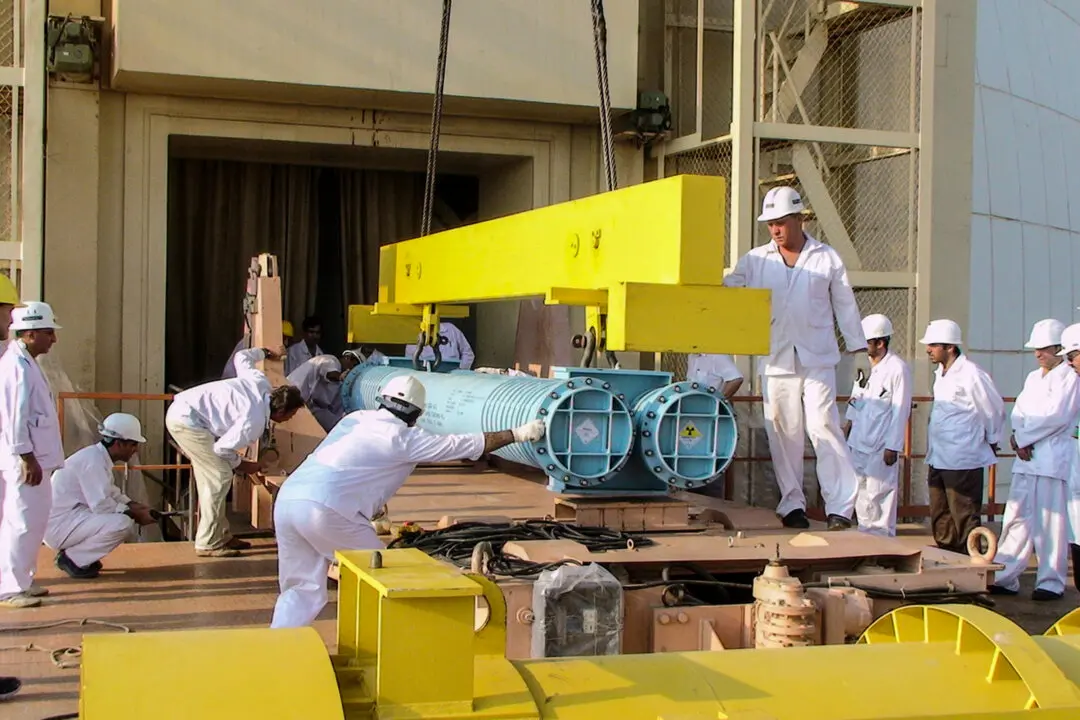A witness to the assassination of President John F. Kennedy spoke out for the first time in 60 years and refuted a key claim regarding the 1963 incident and a “magic bullet.”
Paul Landis, an 88-year-old former Secret Service agent, was just a few feet away from when President Kennedy was shot and killed in Dallas, Texas. At the time, he was assigned to protect Jackie Kennedy, the former first lady.





